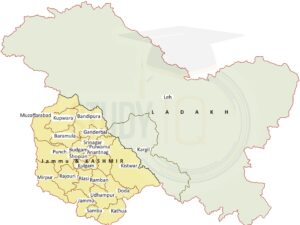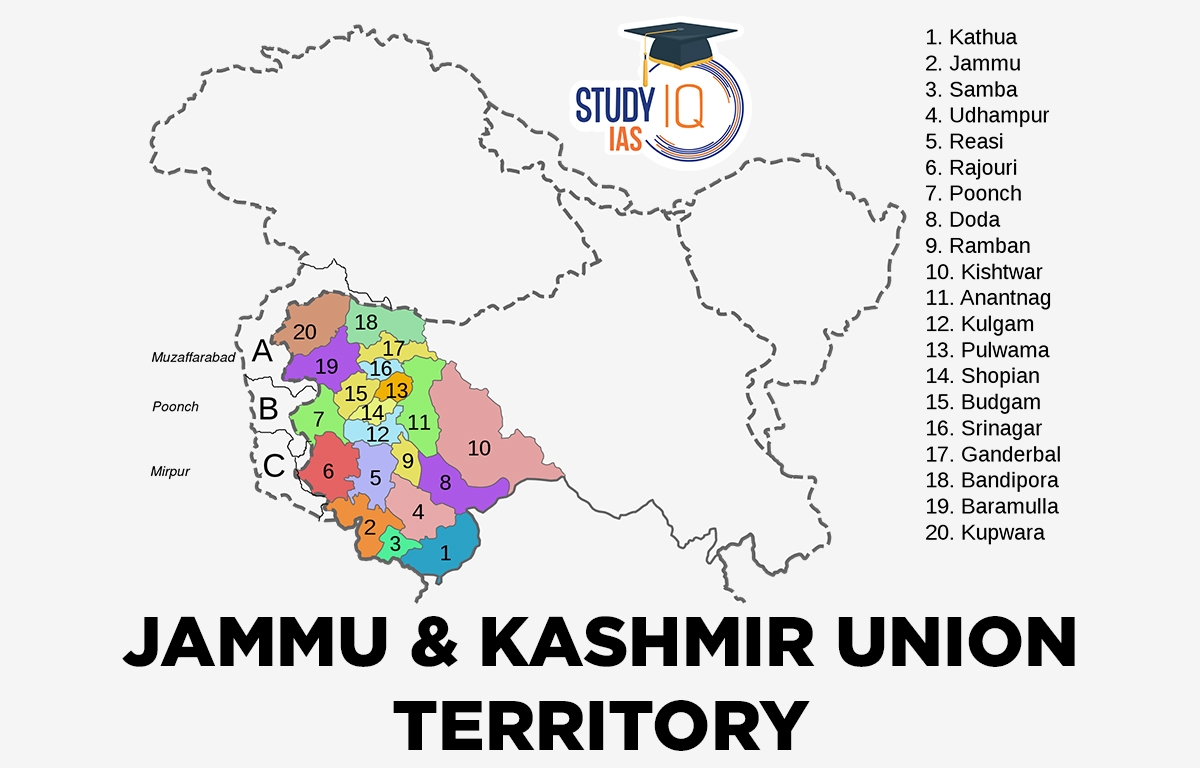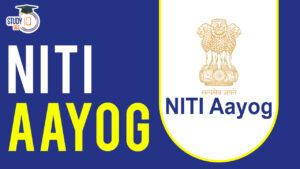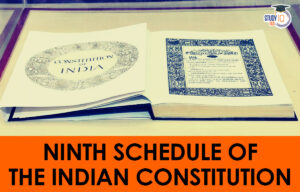Table of Contents
Jammu and Kashmir
At the time of Independence, India as a nation comprised British India and the Princely States. The Princely States covered about 2/5th of the geographic territory. While the Indian Independence Act 1947 ceded control of British India to the Indian Government, rulers of the Princely States were given the option to decide whether they wanted to join India or Pakistan or they want to stay independent.
In these circumstances, Sardar Patel took up the challenge of accession of the princely states and integrating them into the Union of India. Sardar Vallabhbhai Patel and V.P. Menon together brought about the unification of these princely states with the Dominion of India.
Of the 552 princely states situated in the geographical boundaries of India, 549 joined India and the remaining 3 provinces (Hyderabad, Junagarh, and Kashmir) refused to join India. In due course of time, they were also integrated with India – Hyderabad by means of police action (Operation POLO), Junagarh by means of a referendum, and Jammu & Kashmir by the Instrument of Accession.
Read More: Salient Features of Constitution of India
Jammu & Kashmir History
The first formal record of Kashmir is found in Kalhana’s Rajatarangini. Over time, both Hindus and Muslims ruled the region, and it was also governed by Sikhs during Ranjit Singh’s reign. Gulab Singh became king in 1822, followed by Ranbir Singh in 1857, and then Hari Singh in 1925, who was in power when the accession to India was negotiated.
Accession to India
When British rule ended on August 15, 1947, Jammu and Kashmir was one of 565 princely states. The rulers could choose to join either India or Pakistan. Maharaja Hari Singh initially delayed this decision and proposed a standstill agreement. Although Pakistan agreed, it soon invaded Kashmir on October 24, 1947. Hari Singh sought help from India and signed the ‘Instrument of Accession’ on October 26, 1947, allowing Indian jurisdiction over defense, foreign affairs, and communications.
Delhi Agreement
In 1951, the J&K Constituent Assembly met for the first time. The Delhi Agreement in 1952 granted special status to J&K within India. By February 6, 1954, the Assembly ratified the state’s accession, and the Indian Constitution was extended to J&K with modifications.
J&K Constitution and Article 370
On January 26, 1957, J&K adopted its own constitution, affirming its status as an integral part of India. Article 370, drafted by Sheikh Abdullah, provided J&K with special status, making most Indian laws inapplicable without state government consent. This allowed J&K to maintain its own Prime Minister and flag, though it has been a topic of debate regarding its impact on integration with India.
Article 35A
Implemented through a Presidential Order in 1954, Article 35A allowed the J&K Assembly to define “permanent residents” and restrict property ownership to them. This meant that non-residents could not buy land or become permanent residents, and it also impacted women’s property rights in cases of marriage outside the state.
Post-Accession Situation
Following accession, Kashmir was divided, with one part going to India and another to Pakistan. Tensions have persisted, with refugees from Pakistan facing limited rights in J&K. The 1980s saw increased unrest, leading to violence and the displacement of the Kashmiri Hindu community. Experts believe earlier intervention could have prevented some of this turmoil.
Read More: Fundamental Rights of Indian Constitution
Jammu and Kashmir Map
Here is the updated Map of Jammu and Kashmir state given below:

Jammu and Kashmir Delhi Understanding
Delhi Understanding was held on June 1949, and Jawaharlal Nehru, Sheikh Abdullah, and Sardar Vallabhbhai Patel took part in this meeting. It was decided in the meeting that all the decision that is to be taken regarding Jammu & Kashmir will directly be taken in the process of making the Constitution of India, as a result, 4 leaders from Jammu & Kashmir was made part of the Constituent Assembly of India they were, Sheikh Abdullah, Mirza Afzal Begh, Mr. Masudi, Moti ram Bagraha.
After a collaborative understanding among the member of the Constituent Assembly on Jammu Kashmir, the assembly reached a common understanding and under Article 306 (A) discussed the matter of Jammu Kashmir in the draft constitution, which was late reframed into Article 370 of the final Constitution.
Special Status of Jammu Kashmir
- The state of Jammu and Kashmir has its own constitution separate from the Indian Constitution. It practices “dual citizenship,” meaning residents hold citizenship in both Jammu and Kashmir and India. The state’s legislative assembly holds residual powers, not the Indian Parliament.
- Indian Parliament needs the state government’s approval to apply most laws, except for defense, foreign affairs, finance, and communications. A national emergency due to war extends automatically to J&K, but one declared for military rebellion does not.
- The Governor is appointed after consulting the Chief Minister. Fiscal emergencies cannot be imposed on the state, and the Indian Directive Principles and Fundamental Duties do not apply. Governor’s rule can be enforced for up to six months, while preventive detention laws do not automatically apply.
- Parliament cannot change the name or territory of Jammu and Kashmir without the state legislature’s consent. The right to property is protected under Articles 19(1)(f) and 31(2) of the Indian Constitution.
Article 370 of the Indian Constitution
Article 370 was added to the Indian Constitution on October 17, 1949, as a temporary provision that exempted Jammu and Kashmir from many Indian laws, allowing the state to create its own constitution. It granted special status, enabling the J&K legislature to make its own laws, except in areas like defense, communications, finance, and external affairs. This resulted in Jammu and Kashmir having its own constitution, flag, and penal code.
Abolition of Article 370
Following the end of the governor’s rule, the President of India declared president’s rule in Jammu and Kashmir. Using Article 356, the President transferred the legislative powers to the Indian Parliament. A presidential order under Article 370(1) was issued, which allowed the President to redefine matters related to Jammu and Kashmir in agreement with its government. This order revised Article 367, changing the term “Constituent Assembly” in Article 370(3) to “Legislative Assembly.” Previously, Article 370(3) required the Constituent Assembly’s consent for any changes, but this amendment now allows changes with the legislative assembly’s suggestion. This triggered the resolution to repeal Article 370. Under president’s rule, the governor’s agreement is treated as the agreement of the Jammu and Kashmir government.
Jammu and Kashmir Current Status
A proposal to revoke Article 370 was introduced in the Rajya Sabha on August 5, 2019, by Union Home Minister Amit Shah. President Ramnath Kovind issued an Order after the announcement. The 2019 Constitution (Application to Jammu and Kashmir) Order replaced the 1954 Constitution (Application to Jammu and Kashmir) Order.
Constitution (Application to J&K) Order, 2019
The bill passed by the Parliament of India to separate Jammu and Kashmir state into two union territories i.e., Jammu & Kashmir and Ladakh. For the first time since independence, a Jammu and Kashmir State is being converted to a union territory.
Jammu & Kashmir as a union territory will have a Legislative Assembly similar to Delhi and Puducherry it will have 5 Lok Sabha seats (earlier 6 seats) and Ladakh will have 1 seat. The special status provided to Jammu Kashmir under Article 370 is abolished and all provision under this Article is deemed null and void.
Before and After Abolition of Article 370
| Before the abolition of Article 370 | After the abolition of Article 370 |
| Special status. | No Special status. |
| Dual Citizenship : Citizenship of India and Jammu and Kashmir. | Single Citizenship – Citizenship of India. |
| Separate flag. | No separate flag. |
| The Right to Information Act is not applicable. | The Right to Information Act is applicable. |
| The right to education was not applicable in J&K earlier. | Right to education is now applicable in J&K. |
| Citizens from other parts of India were not allowed to buy property within J&K. | Citizens from other parts of India are now allowed to buy property within J&K. |
Jammu and Kashmir Political Boundaries
There are two districts in the new Union Territory of Ladakh i.e., Kargil and Leh. The new Jammu and Kashmir Union Territory contains the remaining portion of the erstwhile Jammu and Kashmir State. The fourteen districts that made up the erstwhile State of Jammu and Kashmir in 1947 were Kathua, Jammu, Udhampur, Reasi, Anantnag, Baramulla, Poonch, Mirpur, Muzaffarabad, Leh and Ladakh, Gilgit, Gilgit Wazarat, Chilhas, and Tribal Territory.
By 2019, the territory of these 14 districts had been divided into 28 districts by the state government of the former Jammu and Kashmir. Kupwara, Bandipur, Ganderbal, Srinagar, Budgam, Pulwama, Shupian, Kulgam, Rajouri, Ramban, Doda, Kishtivar, Samba, and Kargil are the names of the new districts.
From the region of Leh and Ladakh districts, the Kargil district was separated. The Jammu and Kashmir Reorganization (Removal of Difficulties) Second Order, 2019, issued by the President of India, defined the Leh district of the new Union Territory of Ladakh to include the regions of the districts of Gilgit, Gilgit Wazarat, Chilhas, and Tribal Territory of 1947, in addition to the remaining regions of Leh and Ladakh districts of 1947, after carving out the Kargil District.
Jammu and Kashmir Capital
Srinagar, the summer capital of the Union Territory of Jammu and Kashmir which is located in the heart of the Kashmir valley at an altitude of 1,730 m above sea level while Jammu is the winter capital of Jammu and Kashmir UT which is a land of beautiful palaces and grand ancient temples.
Jammu and Kashmir Union Territory
Jammu and Kashmir is located north of Himachal Pradesh and Punjab, and west of Ladakh, which is also disputed and governed by India as a union territory. Since 1947, some areas have been contested by India and Pakistan, and since 1962, by India and China. The Line of Control separates Jammu and Kashmir from the Pakistani-administered regions of Azad Kashmir and Gilgit-Baltistan.
Conflict and unrest have persisted in the Kashmir valley, especially after a disputed state election in 1987. In August 2019, the Indian Parliament voted to abolish Article 370, which had granted special status to Jammu and Kashmir. This led to the Jammu and Kashmir Reorganization Act, splitting the state into two union territories: Jammu and Kashmir, and Ladakh, effective October 31, 2019, which is now recognized as National Unity Day. This also ended Article 35A, which defined “permanent residents” and their rights.
Currently, Jammu and Kashmir is governed under Article 239 of the Indian Constitution. Article 239A, originally for Puducherry, also applies here. The Jammu and Kashmir High Court oversees both union territories. Jammu and Kashmir has 5 Lok Sabha seats and 4 Rajya Sabha seats. While Jammu and Kashmir is expected to have its own legislature, Ladakh will not.


 NITI Aayog Report on India’s Hand and ...
NITI Aayog Report on India’s Hand and ...
 9th Schedule of Indian Constitution: His...
9th Schedule of Indian Constitution: His...
 Mechanisms to Combat Judicial Corruption...
Mechanisms to Combat Judicial Corruption...





















